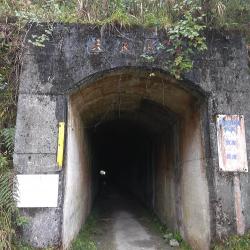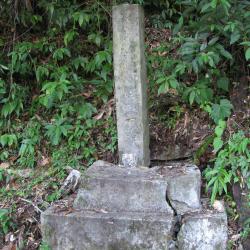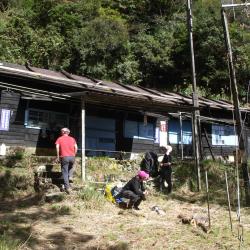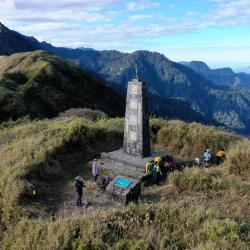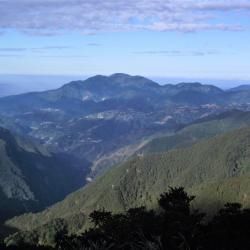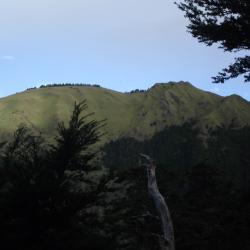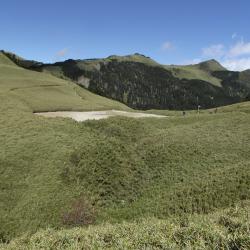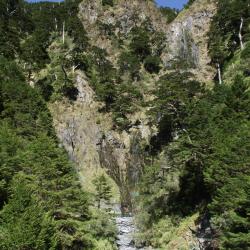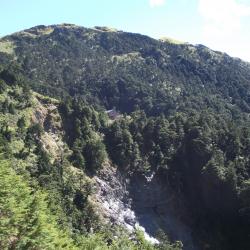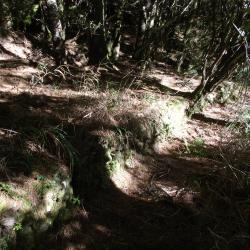The Tianchang Tunnel, located between Qilai Villa and Panshi Tai-Power Hut, has a total length of 1,270 meters and is slightly S-shaped. In the post-war period, the Nationalist Government erected iron towers along the Nenggao Traversing Historic Trail as a protection route for power transmission from east to west, and turned the police posts that were left from the Japanese occupation into maintenance huts. At the end of the 1970s, efforts were made to plan the Qilai water diversion project. They excavated a road from Tongmen to Qilai for traffic and built a long tunnel. Although this has reduced the inconvenience caused by trekking, the historic trail was destroyed as a result.
Today, the middle section of the tunnel has collapsed and vehicles can no longer pass through.
